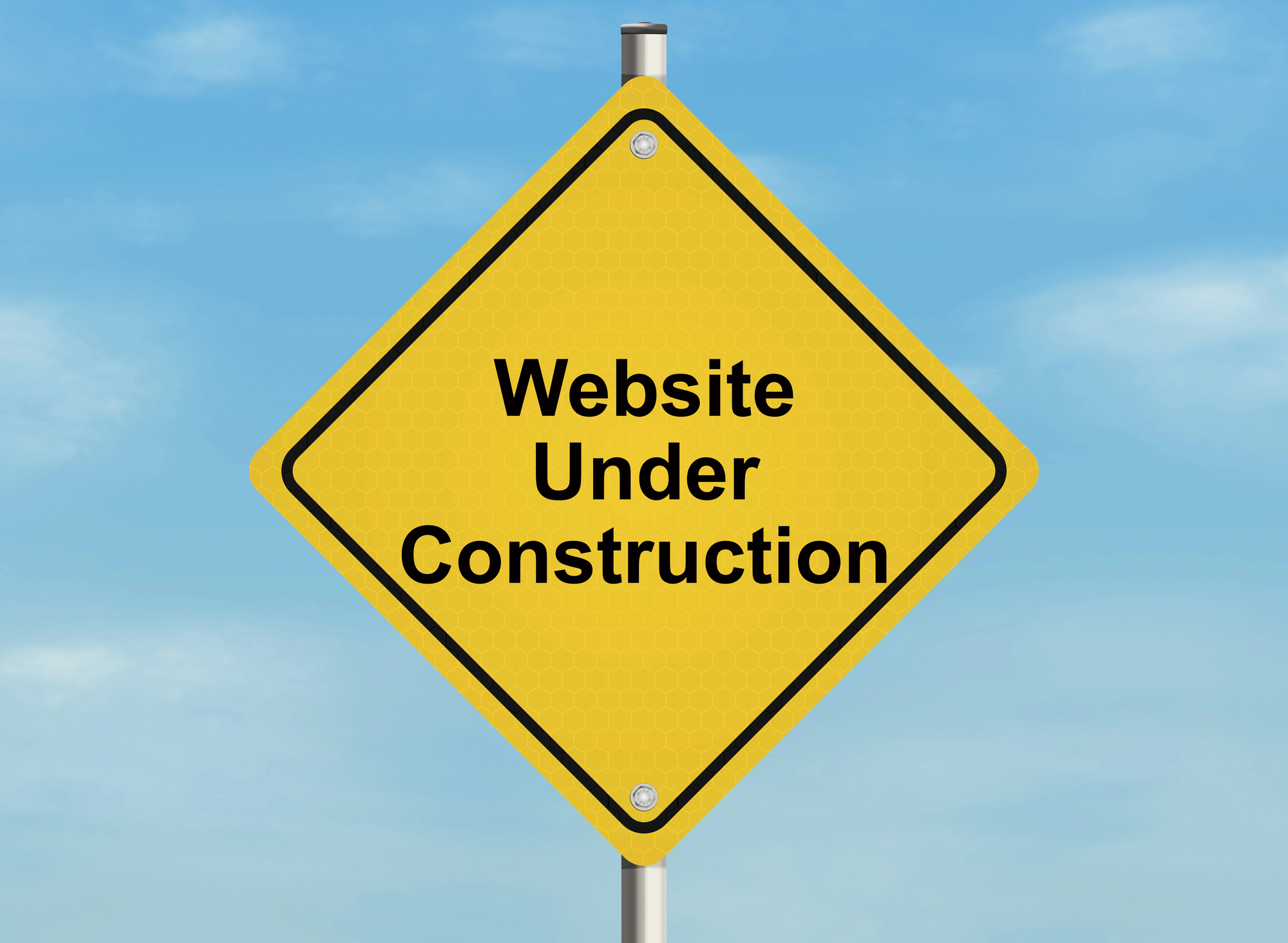Optimizing for Google's Core Web Vitals: Improving Page Experience and SEO Rankings
For SEO, user experience has become a paramount factor, and Google's Core Web Vitals metrics are at the forefront of this evolution.
Understanding and optimizing these metrics—largely comprising Largest Contentful Paint (LCP), First Input Delay (FID), and Cumulative Layout Shift (CLS)—can significantly impact your website's performance and SEO rankings. Here's a dive into how you can enhance your site's page experience for better SEO outcomes.
Understanding Core Web Vitals Metrics
Largest Contentful Paint (LCP) measures the loading performance of your web page, specifically focusing on the time it takes for the largest content element to appear on the screen.
First Input Delay (FID) assesses interactivity by gauging the time it takes for a user to interact with the page after clicking a link or button.
Cumulative Layout Shift (CLS) quantifies visual stability, indicating how much content shifts during page load, affecting user experience.
Optimizing Website Speed
Improving LCP involves optimizing your website's loading speed. Minimize server response times, leverage browser caching, compress images without compromising quality, and prioritize critical resources to render quickly.
Employ content delivery networks (CDNs) to serve content from servers closest to your users, reducing latency and enhancing LCP scores.
Prioritizing Mobile-Friendliness
With mobile devices dominating web traffic, ensuring mobile-friendliness is crucial. Adopt responsive web design principles, optimize viewport settings, and use mobile-friendly formats for images and videos.
Don’t forget to test your site across various devices and screen sizes to guarantee a seamless user experience on mobile platforms.
Enhancing User Experience
Addressing FID involves optimizing code execution and minimizing JavaScript execution time. Defer non-critical JavaScript, utilize browser preloading for essential resources, and streamline event handlers to reduce input delay. Prioritize user interactions, such as form submissions and button clicks, to deliver a responsive and engaging experience.
Minimizing Cumulative Layout Shift (CLS)
To mitigate CLS issues, ensure that page elements have stable dimensions and avoid dynamically injected content that can disrupt layout stability. Reserve space for ads and dynamically loaded content to prevent sudden layout shifts. Monitor your site's CLS scores using tools like Google Page Speed Insights and make necessary adjustments for a smoother user experience.











